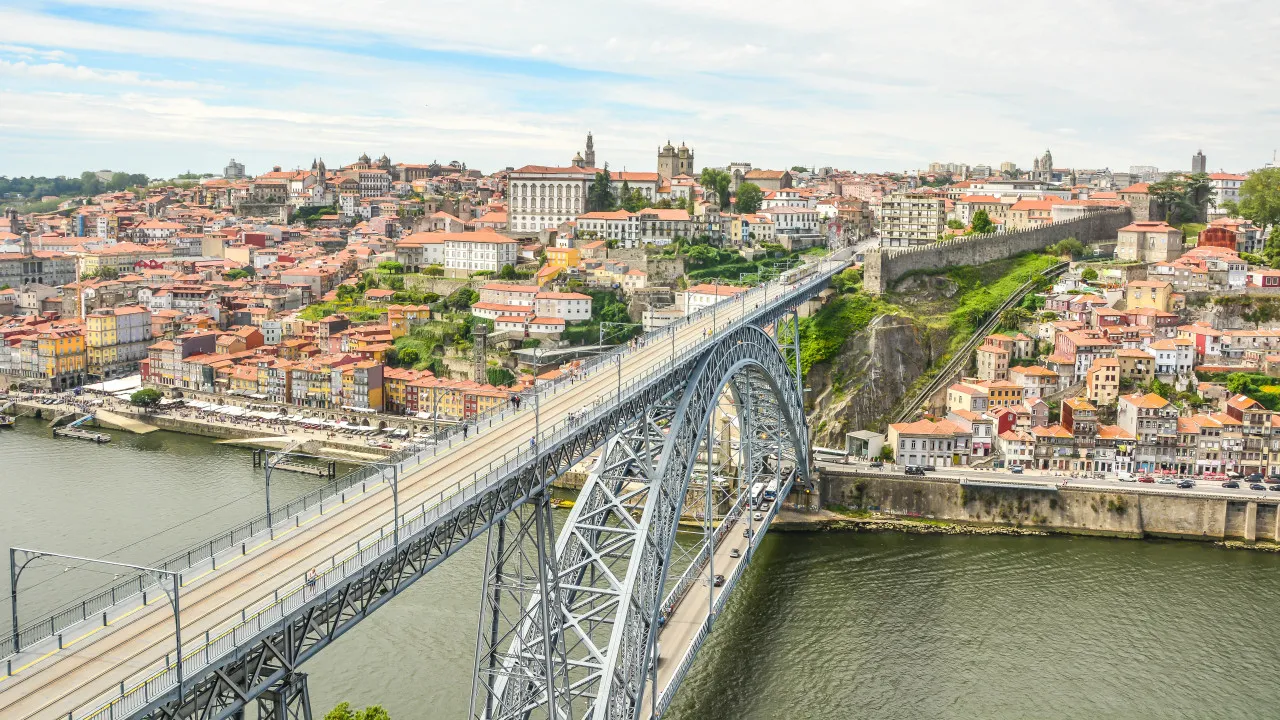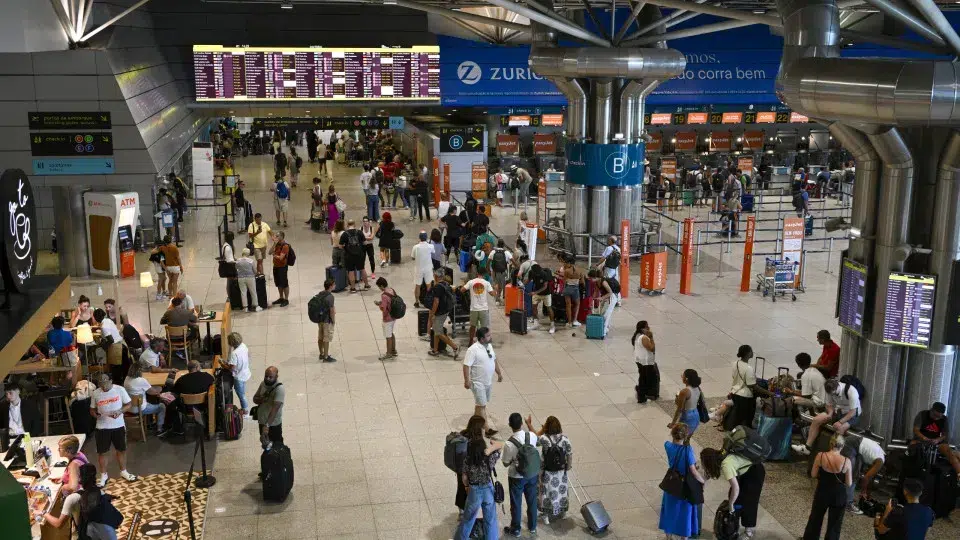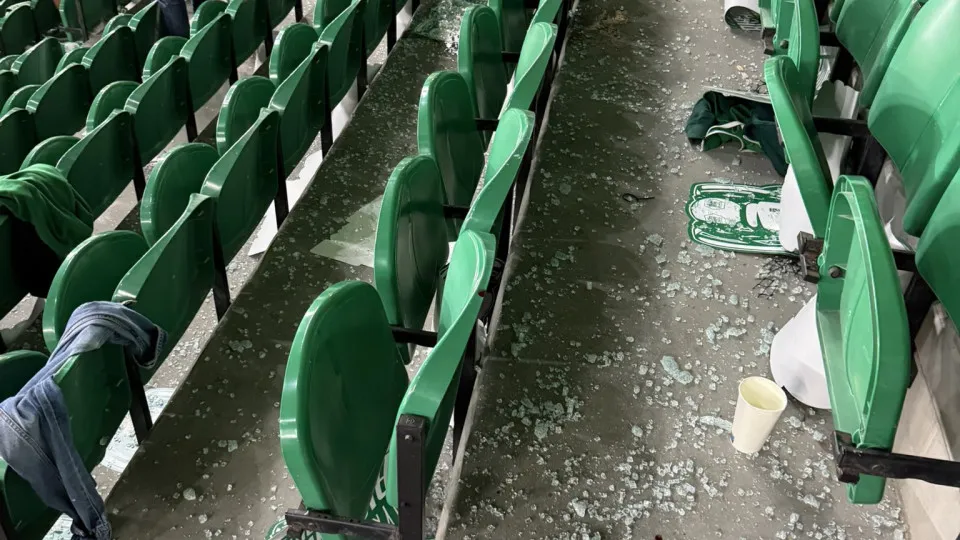
Marking a decade since its first edition in 2015, the event set for next weekend invites the public to explore over 70 spaces across the cities of Maia, Matosinhos, Porto, and Vila Nova de Gaia (Porto district), including some of the most iconic locations from the past nine editions.
“Each edition features a set of buildings that consistently attract much interest. In Matosinhos, examples are the first four houses by architect Álvaro Siza, the Casa da Arquitectura, the Museu Vivo das Conservas Pinhais. [In Porto], the Casa sobre o Douro, the Rectory of the University of Porto, or the Portuguese Photography Center,” highlighted Nuno Sampaio, executive director of Casa da Arquitectura and curator for this year’s Open House Porto (OHP).
In Gaia, the curator underscores the Caves do Vinho do Porto, RTP Studios, and the São João Bridge, which “is one of the two marked spaces requiring reservation.” “I, myself, have never managed to visit it over the years,” he revealed.
Out of the more than 70 spaces opening their doors in this 2025 edition, 20 are new, notes the curator, with some completed in the past five years.
This includes the Circunvalação I Residential Building (Maia) by António Morgado, currently occupying a previously vacant urban plot. The 2023 project showcases “a structure marked by a grid of balconies on the facades, creating a rhythm of voids and shadows,” states the program.
There are also other spaces, such as the Lipor building (Maia), allowing visitors to understand waste treatment in the Metropolitan Area of Porto, the Efanor College (Matosinhos), a first-time partner in this initiative, the Porto University Stadium, the Águas Santas Civic Center (Maia), and the Tree Building by Pedra Líquida Studio (Porto).
In Matosinhos, Nuno Sampaio also highlights the Casa Roberto Ivens – one of many bourgeois houses built between the 19th and early 20th centuries – remodeled in 1961 by architect Siza Vieira for his parents and later, in 2009, reconverted to host the first Casa da Arquitectura headquarters, also based on his design.
The curator also notes the extension of visiting hours in this edition for places like Livraria Lello (Porto), the century-old iron crane at Leixões Terminal – the Titan, or the Piscina das Marés, both in the municipality of Matosinhos, creating a wider window of opportunity for visitors.
With free entry, the program includes free tours, guided by volunteers or commented by experts, alongside special initiatives like the Kaleidoscope and Plus programs, promoting discussion and interaction around architecture and the city.
In its 10th edition, Open House Porto debuts a new activity called “Open Office,” aiming to bring public closer to architects’ reality and demystify the profession.
On July 5th, between 18:00 and 20:00, four architecture studios, one from each OHP city, will open their doors. Beyond exploring workspaces, visitors can attend brief presentations where architects discuss their creative processes, ongoing projects, challenges faced, and the impact of their constructions on the cities.
This year, there are also guided tours in English to cater to the increasing demand from other audiences, in a joint effort with Turismo de Portugal to transform contemporary architecture into a tourism asset that attracts visitors to Portugal.
This edition, Nuno Sampaio emphasizes, also stands out for its parallel programming, including dance performances, concerts, DJ sets, and other activities celebrating the event’s ten-year milestone.
Reflecting on the previous nine editions involving four municipalities, Nuno Sampaio recalls the unexpected success in the inaugural year, 2015, when around 11,000 people participated in Open House Porto, expressing satisfaction and gratitude to institutional and private partners who enabled more people annually to access architecture.
Only the COVID-19 pandemic challenged the growth of OHP, which surpassed 37,000 visitors in 2019 across 70 spaces. By 2021, the number of visits dropped to 721 across 16 spaces.
In 2022, following the pandemic, visitors exceeded 25,000, but numbers declined again over the last two years, with 20,398 visits across 65 spaces recorded in 2024.
Overall, over nine years, the event totaled more than 200,231 visits, supported by 1,962 volunteers and featuring the participation of 695 architects and other specialists.
Looking ahead, the curator believes there is still room for growth, with the team working on ways to expedite visits to allow more people to experience the architectural dynamics of the four cities hosting OHP.
All activities are free of charge.




